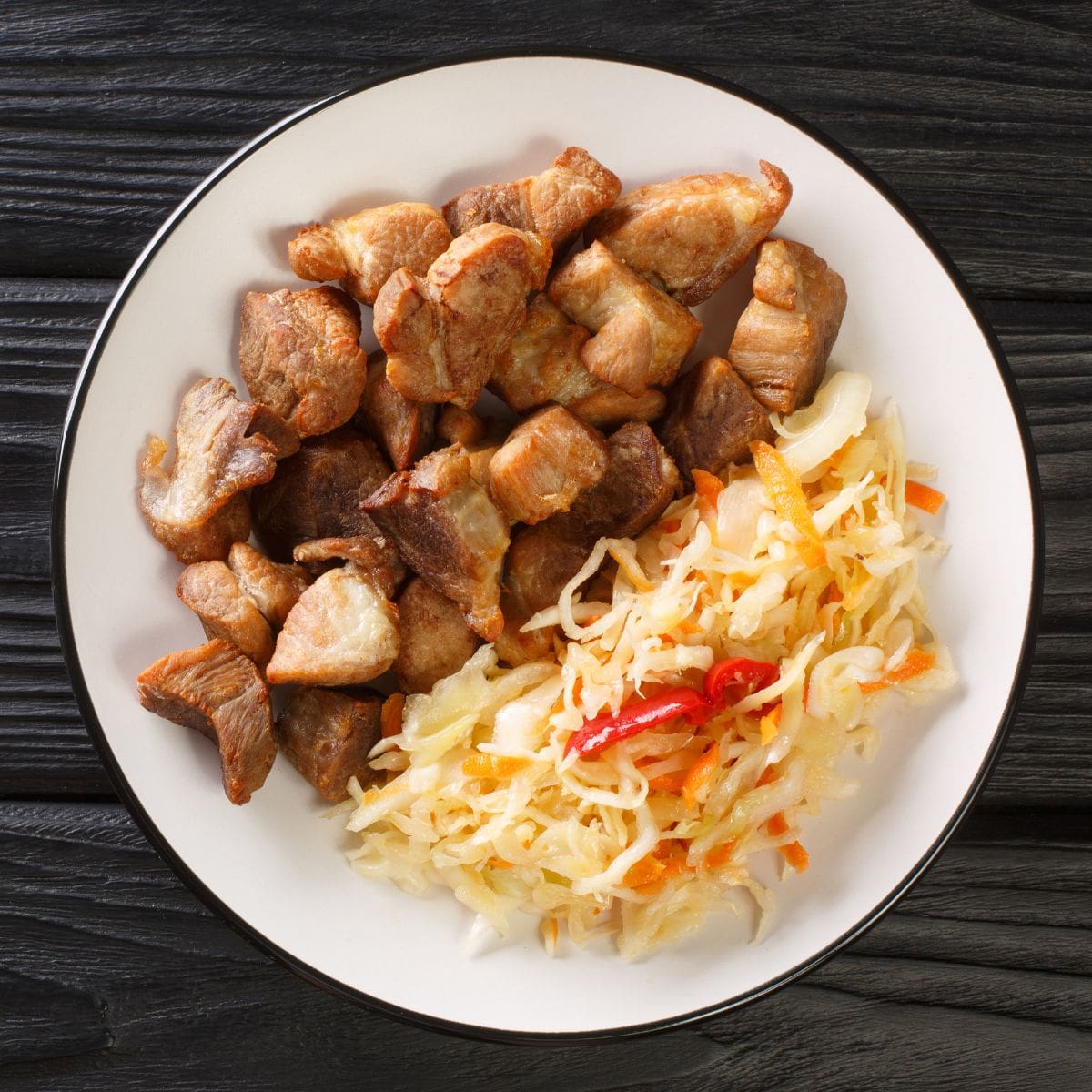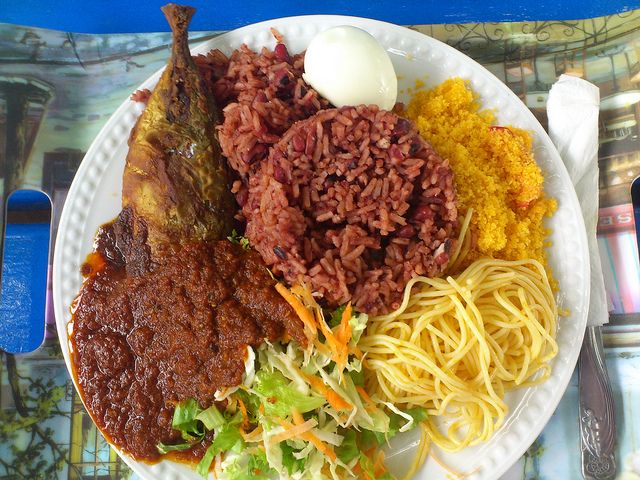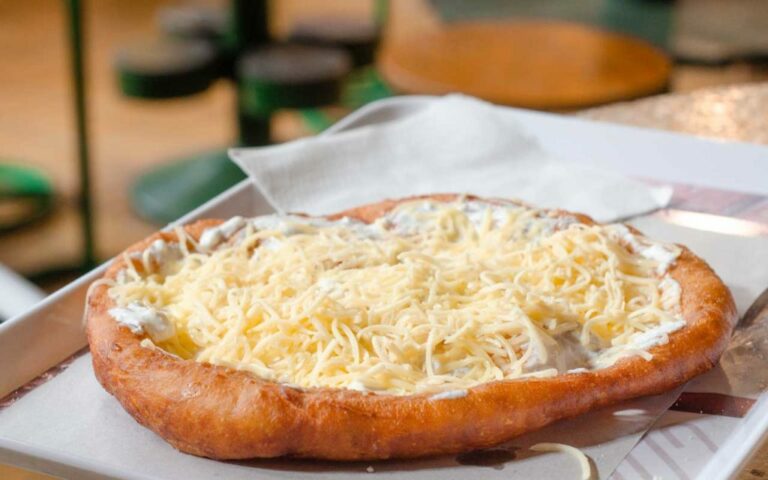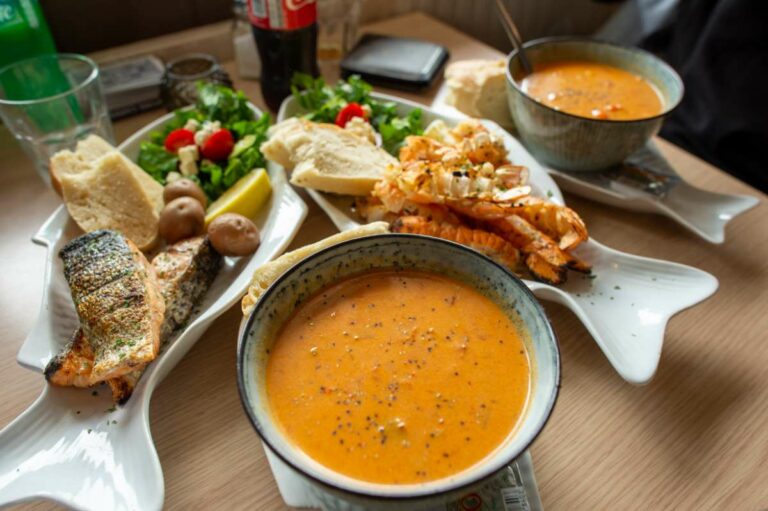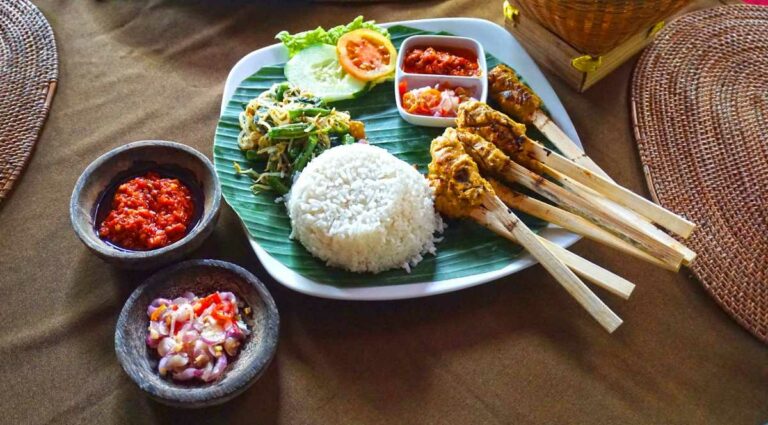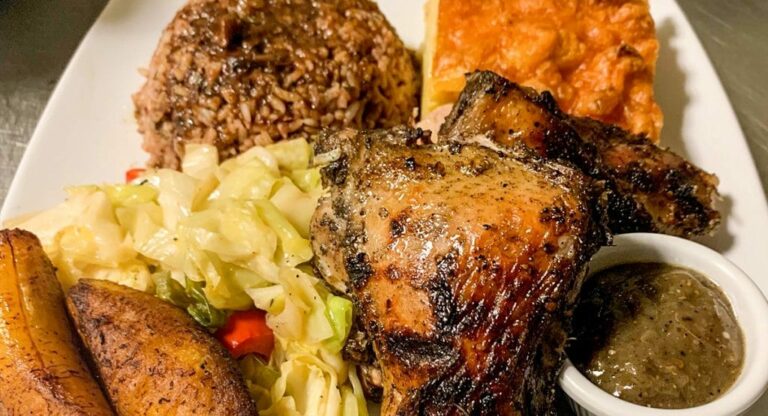Introduction: Discovering Haiti’s cuisine
Haiti is an island nation that offers a vibrant culinary scene. From its spicy Creole-style dishes to its fresh seafood delicacies, Haitian cuisine is a blend of African, French, and Caribbean influences. Whether you’re a foodie or an adventurous eater, Haiti’s cuisine is definitely worth exploring.
Creole-style dishes: A taste of Haiti’s past
Creole cuisine is a staple in Haitian cuisine, and dishes like griot (fried pork) and tassot (dried beef) are must-try items for anyone visiting the country. Another Creole-style dish that’s popular in Haiti is banane pesée, which is mashed plantains served with a spicy vegetable stew. These dishes offer a taste of Haiti’s rich history and cultural heritage.
Seafood delicacies: Fresh catches from the Caribbean Sea
Haiti is known for its fresh seafood, and dishes like grilled lobster, conch fritters, and fish served with pikliz (spicy pickled vegetables) are a must-try for seafood lovers. Another seafood delicacy that’s popular in Haiti is akra, which is a fritter made from grated cassava and served with a spicy sauce. These dishes showcase the bounty of the Caribbean Sea and the diversity of Haitian cuisine.
Meat dishes: A fusion of African and French influences
Haitian cuisine is also a fusion of African and French influences, and dishes like lambi (conch stew) and bouillon (meat soup) are popular examples of this fusion. Another meat dish that’s worth trying is legume, a vegetable stew with beef and pork. These dishes offer a unique flavor profile that’s a reflection of Haiti’s complex history and cultural influences.
Sweet treats: Haitian desserts that will leave you craving for more
No visit to Haiti is complete without trying its delicious desserts. One popular dessert is douce macoss, which is a sweet potato pudding flavored with coconut milk and cinnamon. Another must-try dessert is pen patat, which is a sweet potato turnover filled with vanilla custard. These desserts are perfect for satisfying your sweet tooth and leaving you craving for more.
Beverages: Sip on these traditional Haitian drinks
Haiti also offers a variety of traditional drinks that are worth trying. One popular drink is klere, which is a fermented sugarcane juice that’s similar to rum. Another traditional drink is akasan, which is a sweetened cornmeal porridge flavored with nutmeg and cinnamon. These drinks offer a refreshing taste of Haiti’s culinary culture that’s worth exploring.

